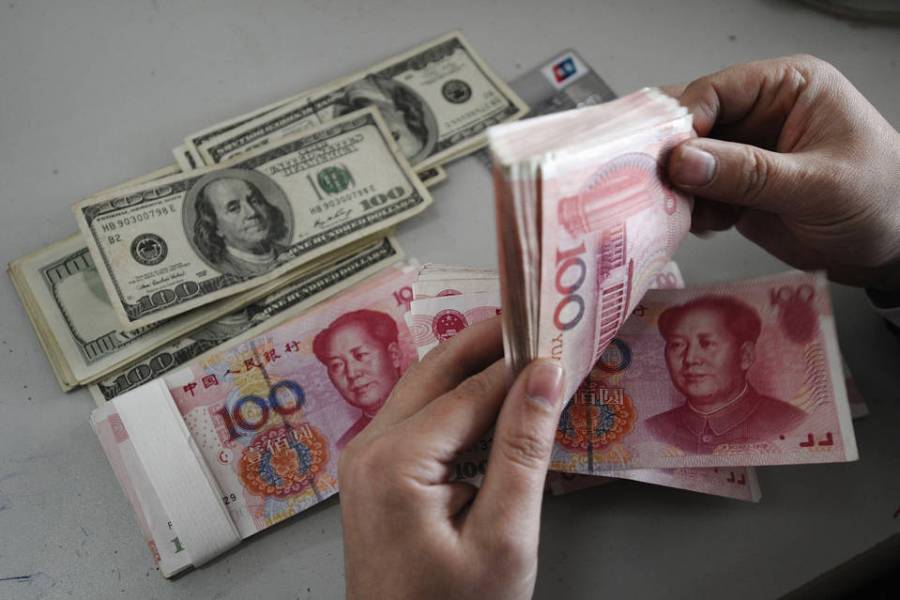 On Monday, the International Monetary Fund admitted the yuan, China’s official currency, into its currency basket in what is a big victory in the campaign by Beijing for recognition as a world economic power.
On Monday, the International Monetary Fund admitted the yuan, China’s official currency, into its currency basket in what is a big victory in the campaign by Beijing for recognition as a world economic power.
The executive board of the IMF agreed to now include the yuan, also called the renminbi, to the Special Drawing Rights basket or SDR, along with the sterling pound, euro, dollar and yen. The move was backed earlier by Christine Lagarde the chief at the IMF and by the organization’s experts in-house.
To meet the criteria of the IMF, Beijing undertook a flurry of new reforms during recent months, including more access for foreigners in the currency markets in China, more frequent issuance of debt and expanding trading hours for the yuan.
The Chinese currency will have a 10.92% share, which is in line with most expectations, following a review using the weighting formula with the SDR, which is able to determine which currencies countries are able to receive as part of loan from the IMF.
The inclusion of the yuan is for the most part a symbolic move that will have few if any immediate implications for the financial markets. However, it is just the first time a new currency was added to the IMF SDR basket and the largest change in the composition in the past 35 years.
In 2010, the basket was last set and is presently 41.9% dollar, 37.4% euro, 11.3% sterling and 9.4% yen. The official joining by the yuan would be October 2016, which allows the reserve managers some time to make preparations.
Under what will be the new weightings, the share of the euro will fall to 30.93%. Sterling as well as yen will also hold lower weights and the dollar will remain relatively the same.
To be a part of the group’s SDR basket, the yuan was required to meet criteria to be freely usable or at least widely used to make different international payments and trade widely in the different foreign exchange markets, which is a yardstick it did not meet when reviewed last in 2010.
The yuan’s addition will likely fuel demand for the currency and for its denominated assets as the central banks as well as foreign fund managers make adjustments to portfolios to reflect the new status of the yuan.
